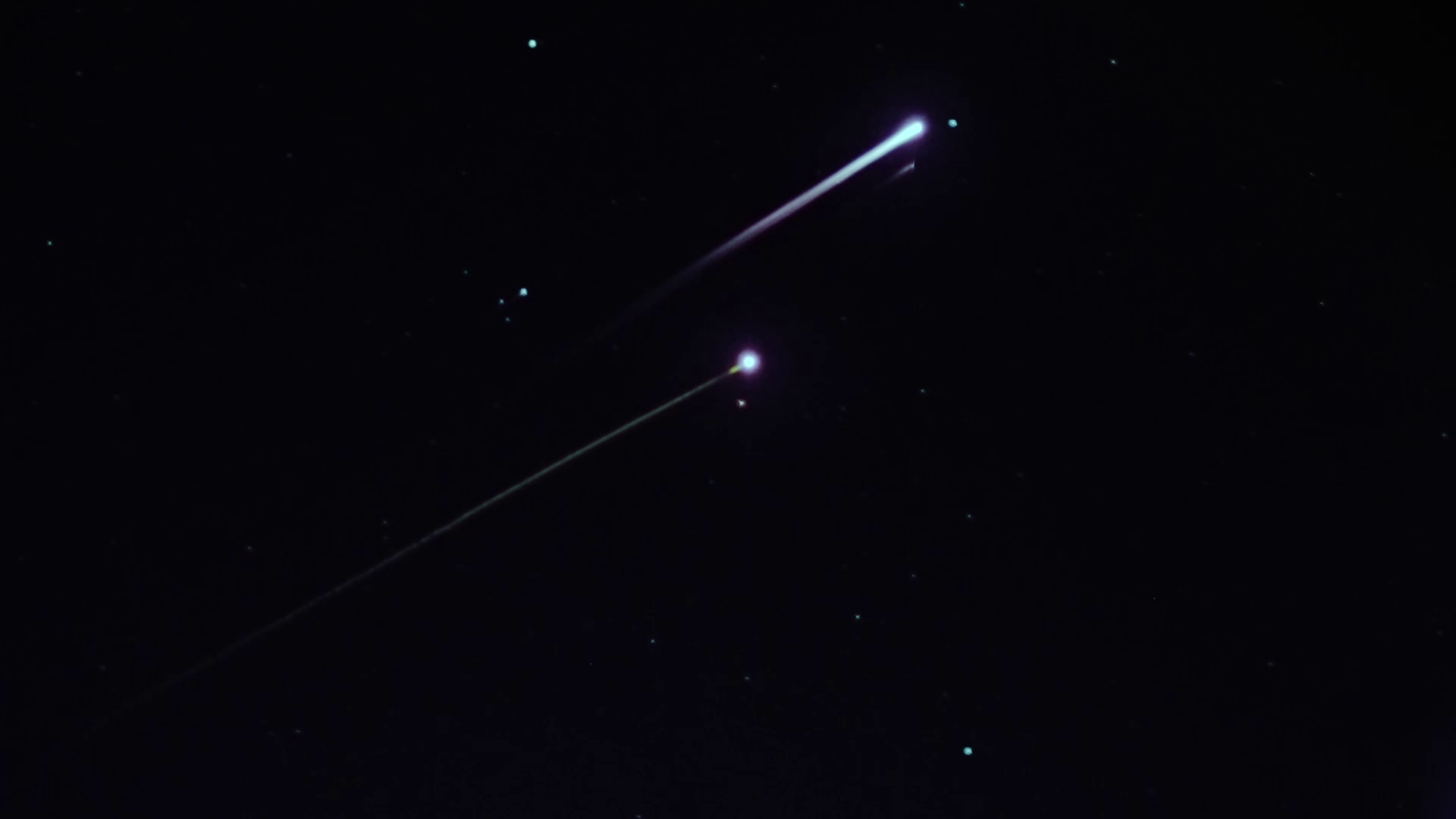SCIFLI imaged a particularly unique mission in the very early hours of November 10th, 2022, just off of Hawaii’s eastern coast. LOFTID, or the Low-Earth Orbit Flight Test of an Inflatable Decelerator, assessed a technology that would allow crafts to quickly decelerate when entering a thin atmosphere. This inflatable heat shield may help crafts land on Mars and other planets in the future. The goals of LOFTID and SLIM (SCIFLI LOFTID Imaging Mission) were met with great success.
Pursuing mutual interests with NASA’s commercial partners, SCIFLI collected infrared and spectral data on the heat shield to better understand the LOFTID’s aerodynamic and aerothermal flight environment. The team partnered with MARS Scientific, and assembling MARS’ specialized gimbals on a Gulfstream IV jet, they were able to track the capsule from horizon break to splashdown. This was a tricky task, since the 6-meter aeroshell was plummeting to Earth at a hypersonic 18,000 mph, and the Gulfstream IV was several miles away from its target.
While the LOFTID team was able to collect data from the capsule itself—from both the recovered craft and a module that was jettisoned into the ocean before splashdown—SCIFLI’s data will be an essential comparison point for verification. It may be able to inform the design of heat shields in the future, helping to advance the potential for solar system exploration.

